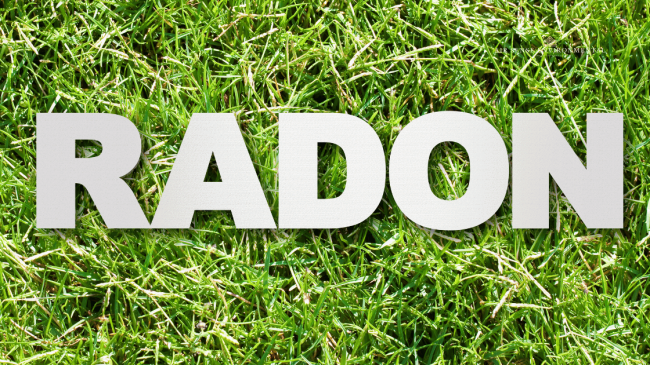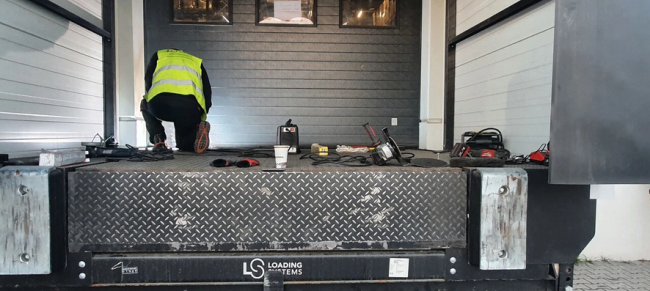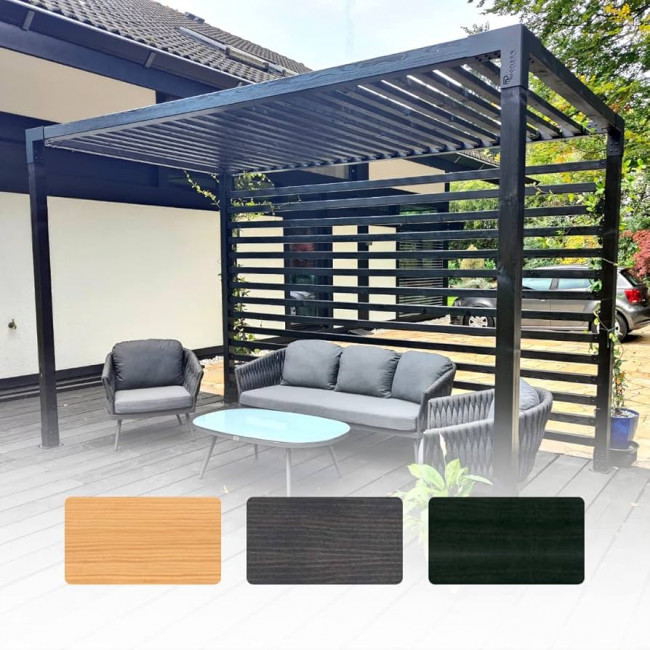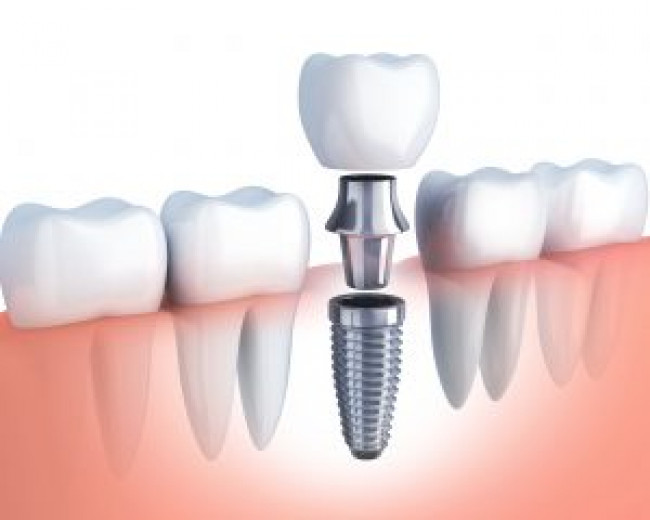Radon is a silent, invisible threat that can seep into your home and pose serious health risks. It's a radioactive gas that naturally occurs from the decay of uranium in the soil. Prolonged exposure to high levels of radon can lead to lung cancer, making radon mitigation systems essential for maintaining a safe living environment.
Understanding Radon Mitigation Systems
What is a Radon Mitigation System?
A radon mitigation system is designed to reduce radon levels in homes and buildings. It typically involves a series of pipes and fans that work together to vent radon gas from beneath the building to the outside, preventing it from accumulating indoors.
Components of a Radon Mitigation System
The primary components include:
- Vent Pipe: Extends from the foundation to above the roofline to direct radon out of the house.
- Fan: Creates suction to pull radon from the soil and vent it outside.
- Sealing: Cracks and openings in the foundation are sealed to prevent radon entry.
Role of Plumbers in Radon Mitigation
Do Plumbers Install Radon Mitigation Systems?
While plumbers are not typically the first professionals you think of for radon mitigation, they do play a significant role in the installation process. Plumbers are skilled in pipe installation and often collaborate with radon mitigation specialists to set up the necessary systems.
Skills Plumbers Possess That Are Relevant
Plumbers bring valuable skills to radon mitigation, such as:
- Expertise in installing and sealing pipes
- Knowledge of building structures
- Experience in working with ventilation systems
Collaboration Between Plumbers and Radon Specialists
When Plumbers Work with Radon Mitigation Specialists
In many cases, radon mitigation requires a team effort. Plumbers may work alongside radon specialists to ensure the system is installed correctly and efficiently.
Case Studies/Examples
For instance, in a residential project, a plumber might handle the installation of vent pipes while a radon specialist manages the overall system design and fan installation. This collaboration ensures that all aspects of the system are covered by professionals with the right expertise.
Steps Involved in Installing a Radon Mitigation System
Initial Assessment and Testing
The process begins with testing the radon levels in the home. If high levels are detected, a mitigation system is necessary.
Designing the System
A tailored plan is created based on the home's layout and radon levels. This includes deciding on the placement of vent pipes and fans.
Installation Process
Drilling and Pipe Installation
Plumbers drill holes in the foundation and install vent pipes that extend to the roofline.
Sealing Cracks and Openings
Any cracks in the foundation are sealed to prevent radon from entering the home.
Post-Installation Testing
After installation, radon levels are retested to ensure the system is effective.
Training and Certification
Training Required for Installing Radon Systems
Proper installation of radon mitigation systems requires specific training. Professionals must understand the principles of radon mitigation and the technical aspects of system installation.
Certification Programs for Plumbers
Plumbers can undergo certification programs to become qualified radon mitigation installers. These programs cover the necessary skills and knowledge to install these systems safely and effectively.
Tools and Equipment Used in Radon Mitigation
Common Tools
- Drills
- Pipe cutters
- Sealants
Specialized Equipment
- Radon fans
- Vent pipes
- Radon detection devices
Cost of Radon Mitigation Systems
Factors Affecting the Cost
Several factors influence the cost of installing a radon mitigation system, including the size of the home, the complexity of the installation, and local labor rates.
Average Costs
On average, a professional radon mitigation system installation costs between $800 and $1,500. This can vary based on specific circumstances and regional differences.
Benefits of Radon Mitigation Systems
Health Benefits
Reducing radon levels significantly lowers the risk of lung cancer, providing peace of mind and a healthier living environment.
Increased Property Value
Homes with radon mitigation systems can be more attractive to buyers, potentially increasing property value.
Peace of Mind
Knowing that your home is protected from radon offers considerable peace of mind, particularly for families with young children or elderly members.
DIY Radon Mitigation vs. Professional Installation
Risks of DIY
Attempting to install a radon mitigation system yourself can be risky. Improper installation can lead to ineffective mitigation and potential exposure to radon.
Advantages of Hiring Professionals
Professionals bring expertise, proper equipment, and experience to ensure the system is installed correctly and functions effectively.
Signs You Need a Radon Mitigation System
High Radon Levels in Your Area
If your area is known for high radon levels, it's wise to test your home and consider mitigation.
Symptoms of Radon Exposure
Symptoms such as persistent cough, difficulty breathing, and chest pain could indicate prolonged radon exposure. However, these symptoms are often associated with lung cancer, highlighting the importance of regular testing.
Common Misconceptions About Radon Mitigation
Myths and Facts
There are several myths about radon and its mitigation, such as the idea that only basements are affected. In reality, radon can be present in any part of the home.
Clarifying Misconceptions
Educating homeowners about radon and its risks can help dispel these myths and encourage proactive measures.
Maintaining Your Radon Mitigation System
Regular Maintenance Tips
Routine checks and maintenance ensure the system continues to operate effectively. This includes inspecting the fan and pipes for any issues.
Signs of System Failure
If radon levels start to rise again, or if you notice any damage to the system components, it may indicate a failure that needs immediate attention.
Case Studies of Successful Radon Mitigation
Real-Life Examples
Several homes have successfully reduced radon levels through professional mitigation systems, showcasing the effectiveness of these solutions.
Lessons Learned
These cases highlight the importance of professional installation and regular maintenance in ensuring long-term success.
Radon Mitigation in St. Louis
If you're living in St. Louis and concerned about radon levels in your home, Air Sense Environmental is your go-to solution for effective radon mitigation. Radon is a serious issue in many homes across the St. Louis area due to the region's unique geological makeup, which can allow this dangerous gas to seep into buildings. Air Sense Environmental specializes in assessing radon levels and implementing tailored mitigation systems to ensure your indoor air quality is safe.

Their team of certified professionals uses advanced techniques to identify radon entry points and design systems that effectively reduce radon concentrations. By improving ventilation and sealing potential radon pathways, Air Sense Environmental ensures that your home remains a safe environment for you and your family. With their expertise, you can trust that the radon mitigation process will be thorough and efficient, providing peace of mind in knowing that the air you breathe is clean and safe.
Conclusion
Radon mitigation is crucial for a safe and healthy home environment. Plumbers, with their expertise in pipe installation and sealing, play a vital role in the process. Whether collaborating with radon specialists or handling aspects of the installation themselves, their contribution is invaluable. Regular testing, professional installation, and ongoing maintenance are key to keeping radon levels in check and protecting your family's health.










